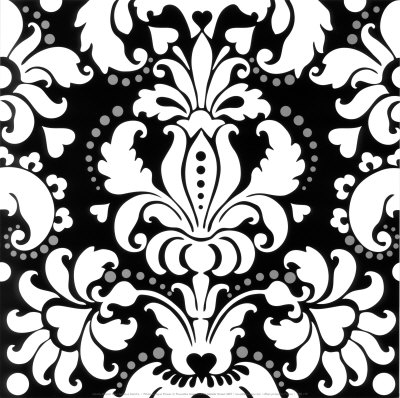 |
LITR 4232 American
Renaissance 2012 final exam—Answers to Question A1 "Review Learning" or "Review Romanticism" final exam assignment |
 |
Tracie Estrada
Escapism is the ingredient that makes Romanticism Sweet
Prior to this course I had no real definitive concept of Romanticism in American
Literature. The most exposure I have comes from a British Literature course
which introduced terms such as the gothic and sublime; however, my experience
with American Literature is limited to that found in a high school classroom
until now. The term Romanticism encompasses many aspects but for me it is
easiest to think of it as a particular style because it is recognizable by its
characteristics. Furthermore, Romanticism is a lovely breath of fresh air that
is sandwiched in between two severe periods, the Enlightenment and Realism.
Enlightenment being the period that brought forth many scientific breakthroughs
and important documents for this country is based on logic and reasoning. While
realism dives deeply into the reality of the situation and the blinders come off
to the gritty truth; in contrast, Romanticism’s main characteristic is the
escape from reality, it exchanges the here and now with the far and away.
Escapism is largely the most defining element of Romanticism. For example, in
Edgar Allan Poe’s poem “Annabel Lee” the first three lines set up the setting
for far and away, “It was many and many a year ago,
in a kingdom by the sea.” Poe sets the poem in a distant land in a castle by the
sea when in reality Poe was writing this in America, probably in an office or
bar; nevertheless, he submerges readers form their reality to his kingdom by the
sea. Using this poem further, Poe writes “She was a child and I was
a child” which extend the escapism to another term found in Romanticism,
nostalgia. Indeed, nostalgia in the basic sense is escapism because it is a
reminder of the good old days like childhood which Poe uses in “Annabel Lee.”
Additionally, when explaining the nuts and bolts of Romanticism to students,
escapism and nostalgia are easy to understand. There is not a student alive who
would not rather be in a land far, far away than in the sterile environment of a
classroom. Likewise, there is a genre within the confines of Romanticism that is
easy to grasp as escapism and nostalgia, the romance narrative.
Like Romanticism, romance narratives provide the escape readers crave into a
story that moves. According to Dr. White’s course site, this form of narrative
is more common for entertainment purposes, which is why it would be more
inviting to students as they understand and apply Romanticism. Within the
romance narrative there are the emotions of desire and loss; therefore, the
desire is usually a yearning for something greater which is the catalyst for the
journey the character will take. Also found on Dr. White’s course site, a
fundamental part of the romance narrative is that the “action often takes the
form of a physical journey or adventure; characters may be captured or
threatened and rescued.” An excellent representation of this is
The Life of Frederick Douglass an
American Slave which is the journey of a man who desires more than the
torturous life of a slave. He is under constant threat from those around him yet
he rises above to be a free, educated man. Truly, this is the evidence of a
journey with Douglass’ physical journey from place to place in addition to his
emotional elevation from abused slave to free man.
Finally, Romanticism is more than escape, nostalgia, desire and loss; still,
those are the most basic concepts to understand before a greater grasp can be
had. Romanticism is probably one of my favorite forms of literature and now I
have a greater understanding of what it is and how to apply it. Again, for me it
is easiest to relate Romanticism to a style of writing although from my
understanding of the writing I can now understand it as it applies to period as
well.
